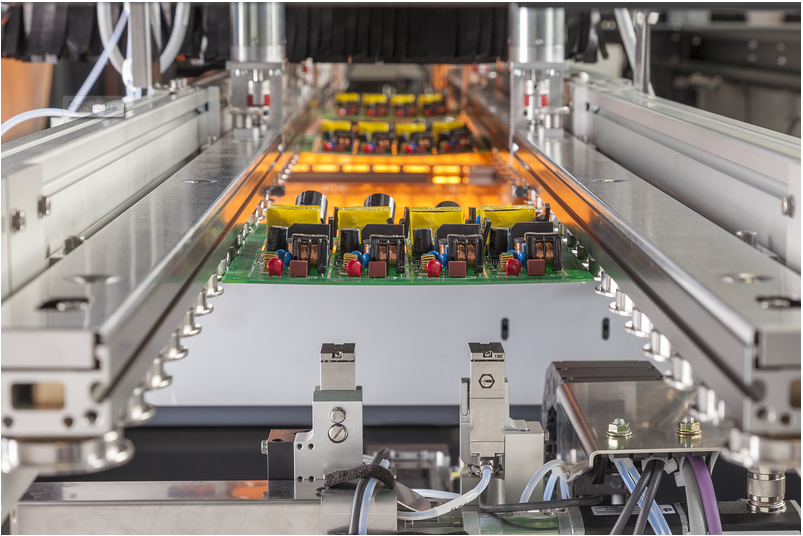Classification and definition of defects in SMT reflow soldering products
Release time:2024-05-13Publisher:Jeenoce
Due to various reasons, there are various defects in SMT reflow soldering products. For beginners, they may not fully understand what these defects are. JEENOCE would like to share with you the classification and definition of defects in SMT reflow soldering products.

1、 Virtual soldering: The minimum height of the solder joint at the end of SMT components is 75% of the width of the solderable end of the component or 75% of the width of the solder pad. The minimum solder joint height is 25% of the solder height plus the height of the solderable end. The solder joint on the welding surface should be soaked at least 270 degrees. Insufficient solder filling for pins or pads that need to be soldered.
2、 Bonding: Soldering forms a bridge between adjacent different wires or components. Abnormal connection of solder between conductors.
3、 Cold soldering: The solder paste on SMT components does not reflow completely and is not completely melted.
4、 Excessive soldering flux: There is residue of soldering flux that needs to be cleaned on the circuit board after reflow soldering.
5、 Multi adhesive: The solder pads and solder areas on the circuit board have adhesive that reduces the welding width by 50% or does not form solder joints.
6、 Overwelding: The height of the solder joint can exceed that of the solder pad and climb to the top of the metal layer, but it cannot contact the component body.
7、 Insufficient glue: Too little red glue on the circuit board causes components to fall off.
8、 Solder overflow: Solder overflow violates the minimum electrical gap.
9、 Tin balls: Tin balls with a diameter greater than 0.13mm adhered to the circuit board or solder balls adhered 0.13mm away from the wire. Solder balls violate the minimum electrical clearance. More than 5 solder balls within 600 square millimeters.
10、 Pad detachment: There is separation between the circuit board wires, pads, and substrate.
11、 Non wetting: SMT components and circuit board solder joints form spherical or bead like particles on the surface.
12、 Open soldering: The solder pad is not filled with solder, resulting in the component not being soldered to the solder pad.
13、 Direction deviation/misalignment: The side deviation is greater than the smaller of 50% of the solderable width of the component or 50% of the pad width. The end offset exceeds the solder pad. The side offset is greater than the smaller of 50% of the pin width or 0.5mm.
14、 Missing/lost parts: There are no components on the solder pads that should have components.
15、 Tombstone: The end of the chip component on the circuit board is raised.
16、 Side standing: The side of the chip component is raised.
17、 Flipping: Flipping the placement of chip components.
18、 Reverse: The polarity of SMT components with polarity is reversed.
19、 Bending: One or more pins of a component are deformed or twisted.
20、 Damage: There are indentations, scratches, and cracks on the surface of SMT components after reflow soldering.
21、 Peeling: The coating of SMT components after reflow soldering causes ceramic exposure.
22、 Peeling: Blistering on the surface of PCB or Flex after reflow soldering.
23、 Multiple components: There are excess components on the PCB board.
33、 Corrosion: Rust spots or erosion on metal surfaces or mounting components.
34、 Tear: The rubbing printed board has gaps or tears.
35、 Uneven: Welding defects caused by uneven component pins or plug probes.
36、 Stains: There are traces of solder, alloy, etc. on the gold-plated sheet.
36、 Wrong item: SMT component installation or pasting error.

